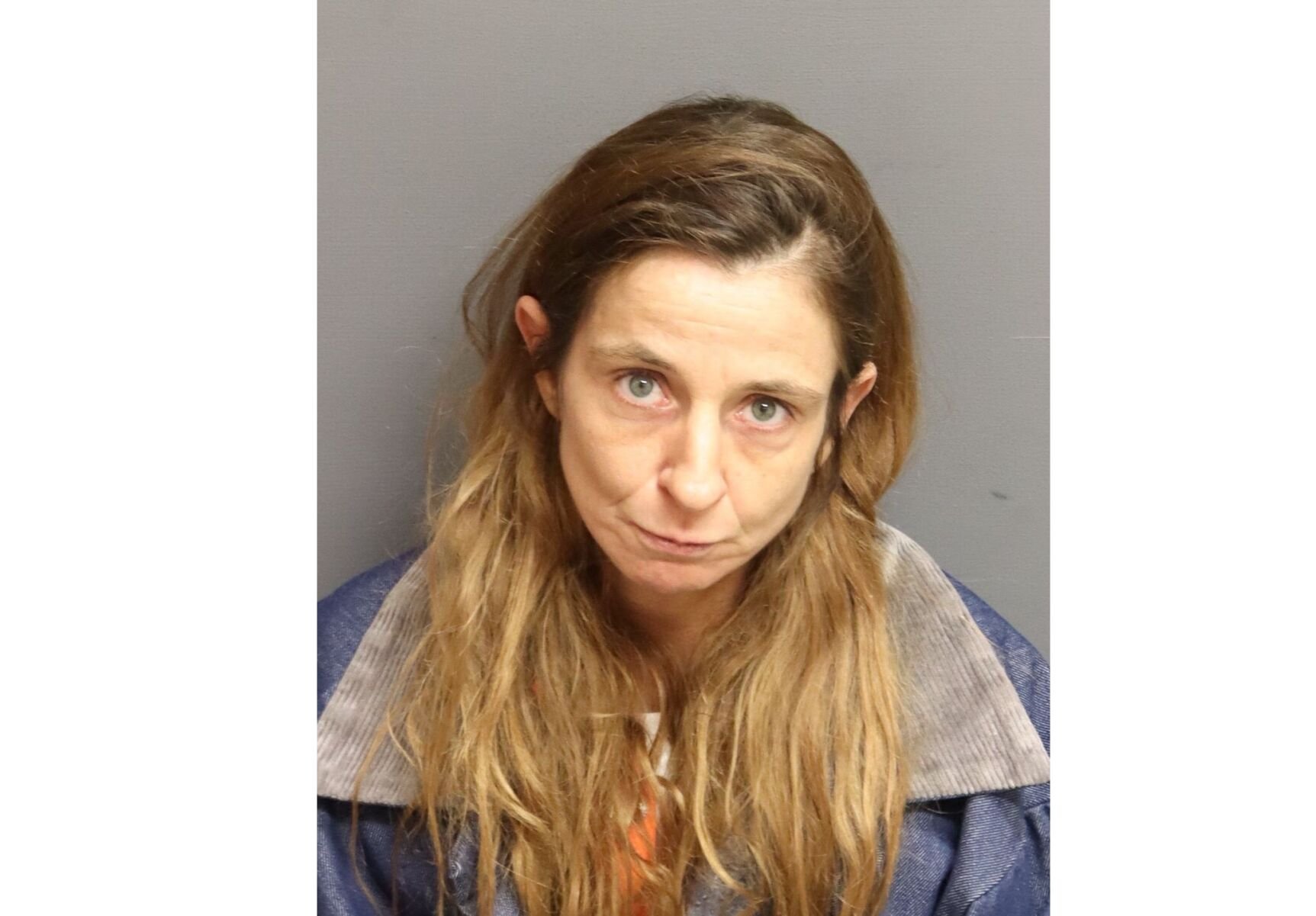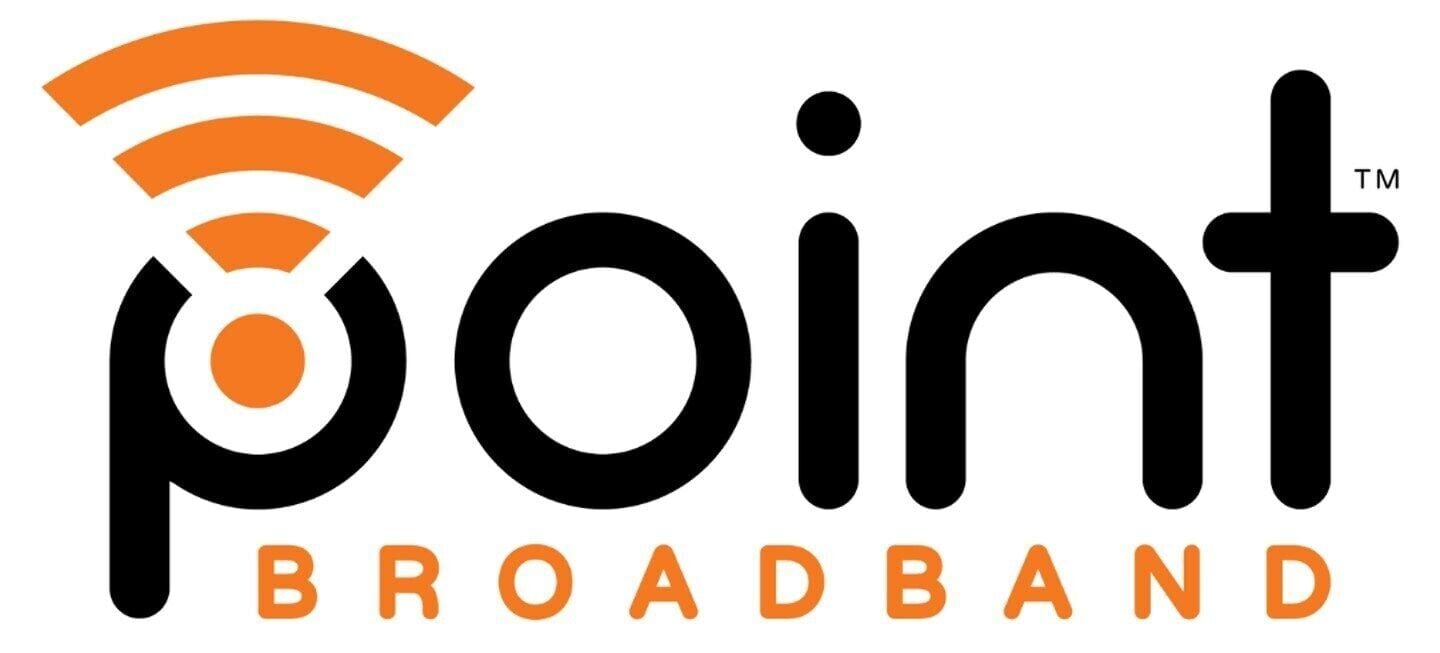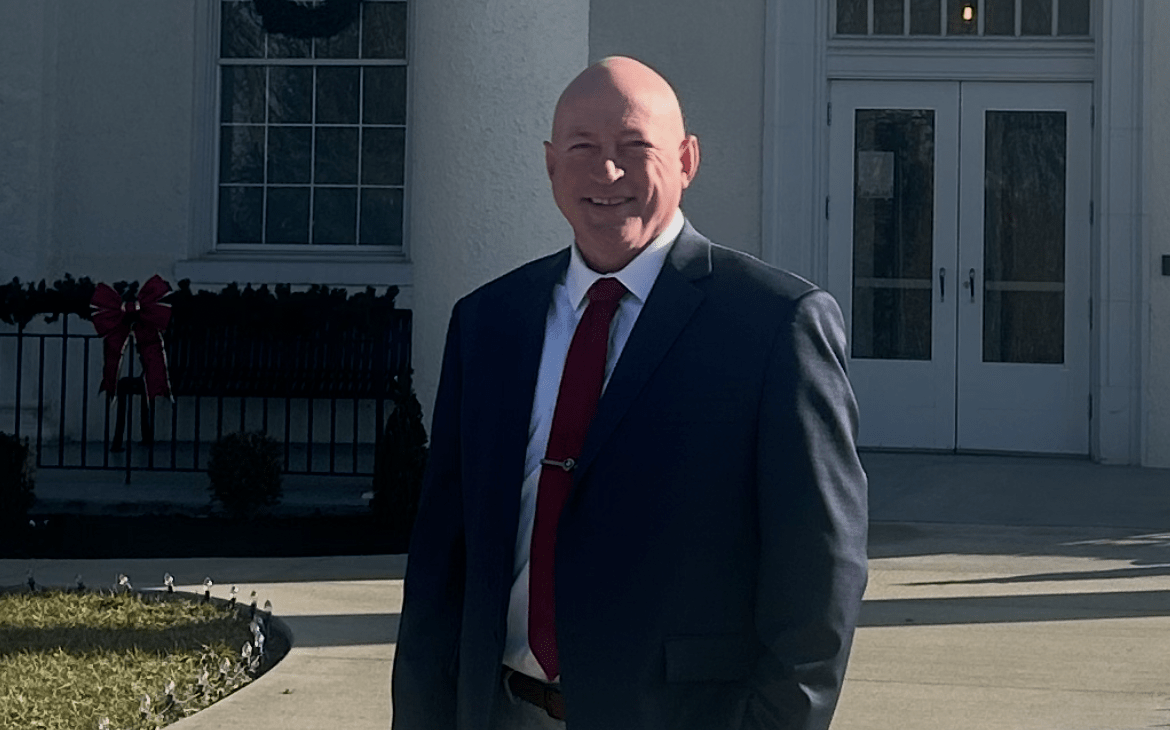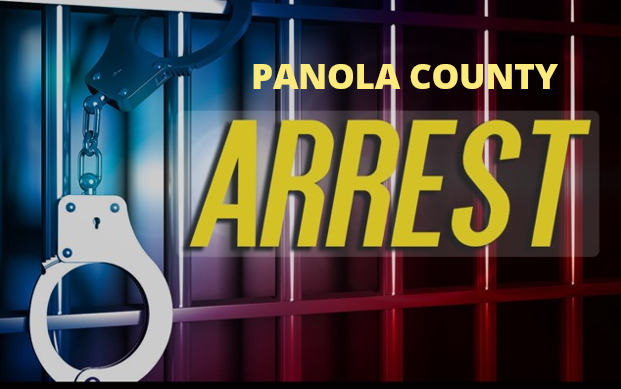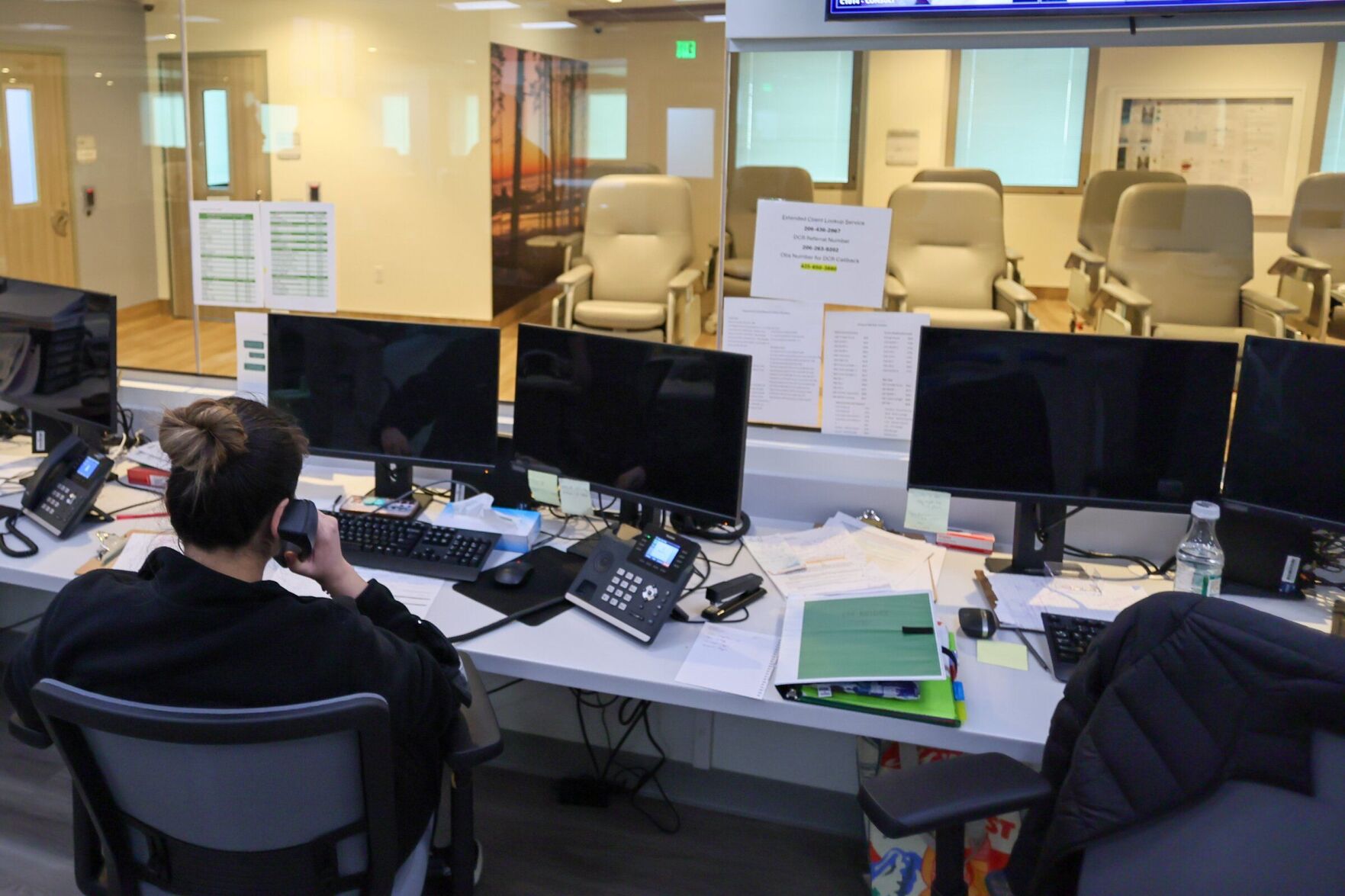Jersey City Mayor Steven Fulop proposes implementing New Jersey’s own congestion pricing, targeting drivers entering from New York City to fund transit infrastructure improvements. This comes as NJ Governor Phil Murphy opposes Manhattan’s congestion pricing, highlighting a political divide in approaches to regional traffic and transit solutions.
Should New Jersey launch its own version of congestion pricing?
Key Takeaways:
- Jersey City Mayor Steven Fulop proposes tolls on drivers entering New Jersey from New York City to fund transit improvements.
- Governor Phil Murphy opposes New York City’s congestion pricing, while Fulop sees an opportunity for New Jersey.
- Revenue from the proposed tolls would support light rail expansion and PATH service enhancements.
- MTA Chair Janno Lieber criticizes New Jersey’s transit system amid the debate.
- Fulop’s proposal highlights differing strategies in addressing regional congestion and transit funding.
A New Approach to Congestion
Jersey City Mayor Steven Fulop, a candidate for New Jersey governor, has unveiled a bold proposal to implement New Jersey’s own version of congestion pricing. The plan aims to levy tolls on drivers entering the Garden State from New York City, a reversal of the current system where tolls are primarily charged to those entering New York.
“New Yorkers Do Add to That”
“In order to support our own transit infrastructure, New Jersey should look to implement congestion pricing on those entering New Jersey from New York,” Fulop’s campaign stated in a policy paper. Currently, drivers only pay a toll when entering the five boroughs. Fulop argues that New Yorkers contribute significantly to traffic in New Jersey, stating, “New Jersey is a corridor state. We have a tremendous amount of traffic, a tremendous amount of congestion and New Yorkers do add to that. Any New Yorker that says that that’s not true is being disingenuous.”
Contrasting Perspectives on Congestion Pricing
This proposal comes in stark contrast to current New Jersey Governor Phil Murphy’s stance. Murphy has been openly opposed to Manhattan’s congestion pricing plan and recently attempted to delay its implementation through legal action. Last week, a judge rejected the Murphy administration’s effort, paving the way for the $9 daytime tolls in Manhattan to begin.
Fulop criticizes Murphy’s approach as a “missed opportunity.” He believes that instead of outright opposition, New Jersey could have negotiated benefits from New York’s plan. “While congestion pricing can be beneficial to the environment and pedestrian safety, the New York City plan simply benefits NYC infrastructure at the expense of New Jersey residents,” Fulop’s campaign argues.
Funding Transit Improvements
Under Fulop’s plan, the revenue generated from the proposed tolls would be dedicated to expanding light rail services and improving PATH train operations. “In the Fulop plan, these fees would be a dedicated revenue source to light rail expansion and to expand PATH service, which the Port Authority has gradually diminished over the last two decades,” the policy paper outlines.
Transit Challenges in New Jersey
New Jersey’s public transit system has faced significant challenges in recent years. NJ Transit experienced a “summer of hell” due to service disruptions, prompting Governor Murphy to offer a week of free rides as an apology. Additionally, NJ Transit raised its fares by 15% last year, with planned annual increases of 3% starting this year.
Cross-River Criticism
The debate has spurred reactions from New York officials as well. MTA Chair Janno Lieber took the opportunity to criticize New Jersey’s transit issues while defending Manhattan’s congestion pricing. “The cost of mass transit was hiked by [Gov.] Phil Murphy by 15%, but New Jerseyans seem not to be concerned about those things, or at least the politicians in New Jersey aren’t focusing on that,” Lieber remarked. “I think that’s kind of the definition of hypocrisy.”
A Vision for the Future
As mayor, Fulop has established a reputation for progressive street-safety policies, including implementing protected bike lanes between Hoboken and Jersey City and providing free public bike storage. His congestion pricing proposal aligns with his commitment to improving transportation infrastructure and addressing environmental concerns.
When asked about the specifics of the toll, Fulop remained cautious. “I don’t want to pick a number. We would need to study and lots of factors to consider,” he said. Nonetheless, his proposal signifies a shift in strategy for New Jersey, emphasizing cooperation and regional planning over confrontation. “Disagreements between New York and New Jersey are counterproductive,” Fulop noted, highlighting the interconnectedness of the regional economy.
Looking Ahead
Fulop’s proposal introduces a new dimension to the ongoing discussion about congestion pricing and regional transportation funding. As the gubernatorial race unfolds, this initiative may shape the debate on how New Jersey addresses its transit challenges and collaborates with neighboring New York City.
